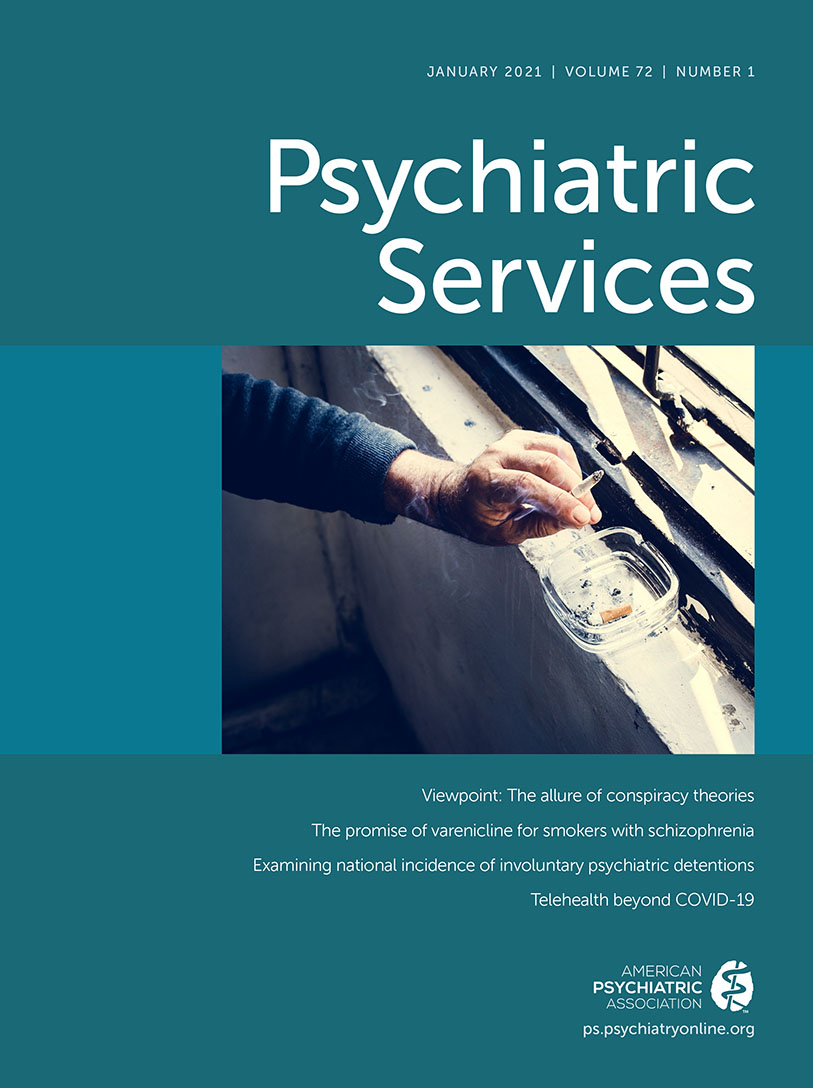Incidences of Involuntary Psychiatric Detentions in 25 U.S. States
Abstract
Objective:
Characterizing commitment as an involuntary psychiatric emergency detention that possibly extends into a longer-term detention, the authors aimed to calculate population rates of detentions and chart interstate differences since 2011 by means of publicly available state counts.
Methods:
Searches of state health and court websites yielded counts from 38 U.S. states. Usable counts from 25 states were classified as emergency or longer-term detentions and converted to crude rates per 100,000 people by using Census Bureau figures.
Results:
All-ages rates (per 100,000 people) of emergency detentions ranged from 29 in Connecticut to 966 in Florida. In 22 states with continuous 2012–2016 data, the average rate increased from 273 to 309. In four of five states with separate counts for adults and minors, rates over time for both were nearly parallel. In eight states that provided relevant data, the mean longer-term detention rate was 42% of a state’s average emergency detention rate. Only one state provided length-of-stay data, and one counted both detentions and persons detained. In 24 states—accounting for 51.9% of the U.S. population—591,402 emergency involuntary detentions were recorded in 2014, the most recent year with most states reporting, a crude rate of 357 per 100,000.
Conclusions:
Incidences of involuntary psychiatric detentions between 2011 and 2018 varied 33-fold across 25 states, and the mean state rate increased by three times the mean state population increase. Omissions in most states’ counts clouded interpretation. More valid incidences obtained from standardized national data would improve analysis of the controversial yet opaque procedure of involuntary inpatient civil commitment.



